
Sálim Moizuddin Abdul Ali was an Indian ornithologist and naturalist. Sometimes referred to as the "Birdman of India", Salim Ali was the first Indian to conduct systematic bird surveys across India and wrote several bird books that popularized ornithology in India. He became a key figure behind the Bombay Natural History Society after 1947 and used his personal influence to garner government support for the organisation, create the Bharatpur bird sanctuary and prevent the destruction of what is now the Silent Valley National Park.
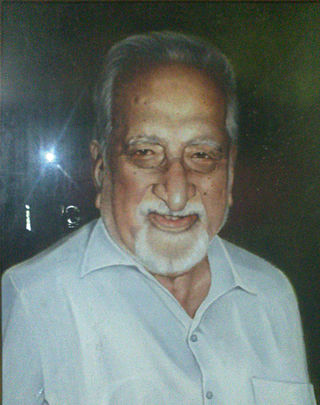
Humayun Abdulali was an Indian ornithologist and biologist who was also a cousin of the "birdman of India", Salim Ali. Like other naturalists of his period, he took an initial interest in shikar (hunting). Unlike Sálim Ali, his main contributions were less field-oriented and based more on bird collections, particularly those at the Bombay Natural History Society where he worked for most of his life.
Sir Norman Boyd Kinnear was a Scottish zoologist and ornithologist.
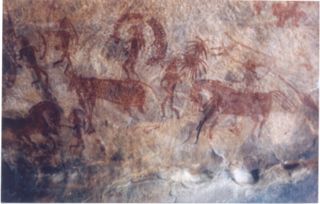
Natural history in the Indian subcontinent has a long heritage with a recorded history going back to the Vedic era. Natural history research in early times included the broad fields of palaeontology, zoology and botany. These studies would today be considered under field of ecology but in former times, such research was undertaken mainly by amateurs, often physicians, civil servants and army officers.

The great hornbill, also known as the concave-casqued hornbill, great Indian hornbill or great pied hornbill, is one of the larger members of the hornbill family. It occurs in the Indian subcontinent and Southeast Asia. It is predominantly frugivorous, but also preys on small mammals, reptiles and birds. It has been listed as Vulnerable on the IUCN Red List since 2018. It is known to have lived for nearly 50 years in captivity. Due to its large size and colour, and importance in many tribal cultures and rituals, the Government of Kerala declared it as the official Kerala state bird.
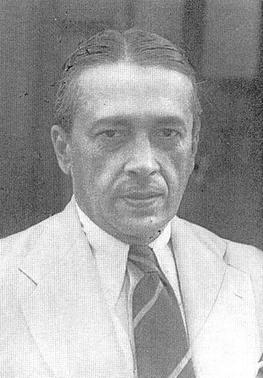
Stanley Henry Prater was a domiciled British naturalist in India best known as a long-time affiliate of the Bombay Natural History Society and the Prince of Wales Museum of Western India, Bombay, as curator of both institutions for the better part of three decades, and as author of The Book of Indian Animals. Prater represented the Anglo-Indian and domiciled British community in the Bombay Legislative Assembly from 1937 to 1947.
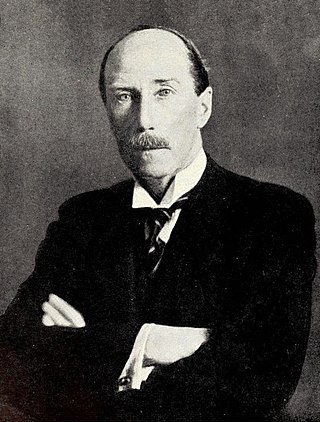
Walter Samuel Millard (1864–1952) was a British entrepreneur and naturalist who was honorary secretary of the Bombay Natural History Society, editor of the Journal of the Bombay Natural History Society from 1906 to 1920, co-author of the classic, Some Beautiful Indian Trees, and the driving force behind the Mammal Survey of the Indian subcontinent conducted by the society between 1911 and 1923.
Jivanayakam Cyril Daniel, or J.C., as he was known, was an Indian naturalist, and the author of several acclaimed books on birds, mammals, and reptiles.
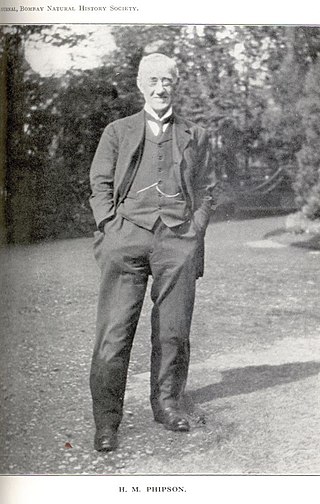
Herbert Musgrave Phipson, was a British wine merchant and naturalist who lived in Bombay, India, from 1878 to 1905. As the honorary secretary of the Bombay Natural History Society, editor of its Journal, and manager of the Society's business and outreach activities, he played an important role in establishing the journal's reputation as the foremost natural history journal in Asia; he also influenced public science policy in the Bombay Presidency. His efforts saw fruition in the establishment of the Natural Sciences section of the Prince of Wales Museum of Western India. Phipson, who was married to the pioneering physician Edith Pechey-Phipson, co-founded, with his wife, the Pechey Phipson Sanitarium for Women and Children in Nasik, India.
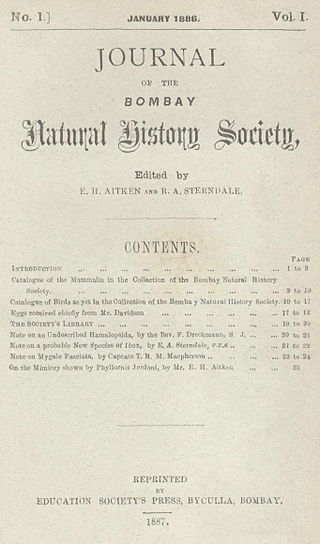
The Journal of the Bombay Natural History Society is a natural history journal published several times a year by the Bombay Natural History Society. First published in January 1886, and published with only a few interruptions since, the JBNHS is one of the best-known journals in the fields of natural history, conservation, and biodiversity research.
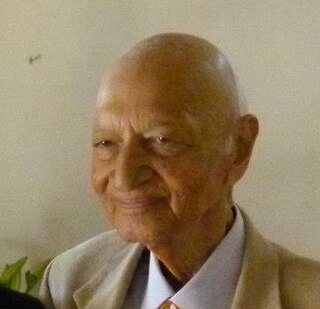
Zafar Rashid Futehally was an Indian naturalist and conservationist best known for his work as the secretary of the Bombay Natural History Society and for the Newsletter for Birdwatchers a periodical that helped birdwatchers around India to communicate their observations. Awarded Padma Shri by the Government of India in the year 1971, Zafar Futehally was also honoured with Dutch order of merit the Order of the Golden Ark in 1981 and Karnataka Rajyotsava award by the Government of Karnataka in 1983.
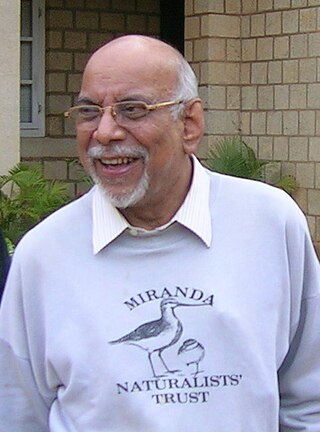
Syed Abdulla Hussain was an Indian ornithologist. He is best known for the work he undertook at the Bombay Natural History Society (BNHS) along with Salim Ali. A species of frog Nyctibatrachus hussaini from Kudremukh near his home, was named after him but the species name later became embroiled in controversy.
Panchkalshi is a Hindu community. They are one of the original native communities of Bombay (Mumbai) metropolitan area in the Konkan division of India. Since the 19th century the community has called itself Somvanshi Kshatriya Pathare (SKP).

Ravi Sankaran was an Indian ornithologist whose work concerned the conservation of several threatened birds of India. He was the Director of the Salim Ali Centre for Ornithology and Natural History, Coimbatore, Tamil Nadu.
Lavkumar Jiva Khachar or K.S. Lavkumar was an ornithologist, nature and wildlife conservationist from India.

Vadayil Sankaran Vijayan is an Indian environmentalist, wildlife biologist, ornithologist, an admirer of naturopathy and the founding Director of the Salim Ali Centre for Ornithology and Natural History. He is currently the chairman of the Salim Ali Foundation.

K. S. R. Krishna Raju was an Indian ornithologist who worked extensively in the Eastern Ghats of Vishakapatnam. He conducted multiple avifaunal surveys, ringed birds and collaborated with other ornithologists including Dillon Ripley and Salim Ali. His studies provided weight to the Satpura hypothesis proposed by Sunder Lal Hora that the Eastern Ghats was part of a former continuum of habitats between the northeast of India and the Western Ghats with affinities to those in Southeast Asia. A subspecies of Abbott's babbler, Malacocincla abbotti krishnarajui, discovered around Visakhapatnam Ghats of Andhra Pradesh, was named in his honour, "for his efforts to promote the survey and conservation of the natural resources of the Eastern Ghats."
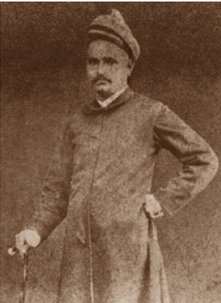
Sakharam Arjun was a physician and social activist in Bombay. An expert on Indian medicinal plants, he was one of the two Indian founding members of the Bombay Natural History Society. He became the step-father of the pioneering woman physician Rukhmabai (1864-1955) after he married her widowed mother Jayantibai. He also wrote books in Marathi.
Sir Reginald Arthur Spence was a wine merchant, Freemason, educationist, and philanthropist who worked in India. He was involved in the establishment of Barnes School in Deolali.



















